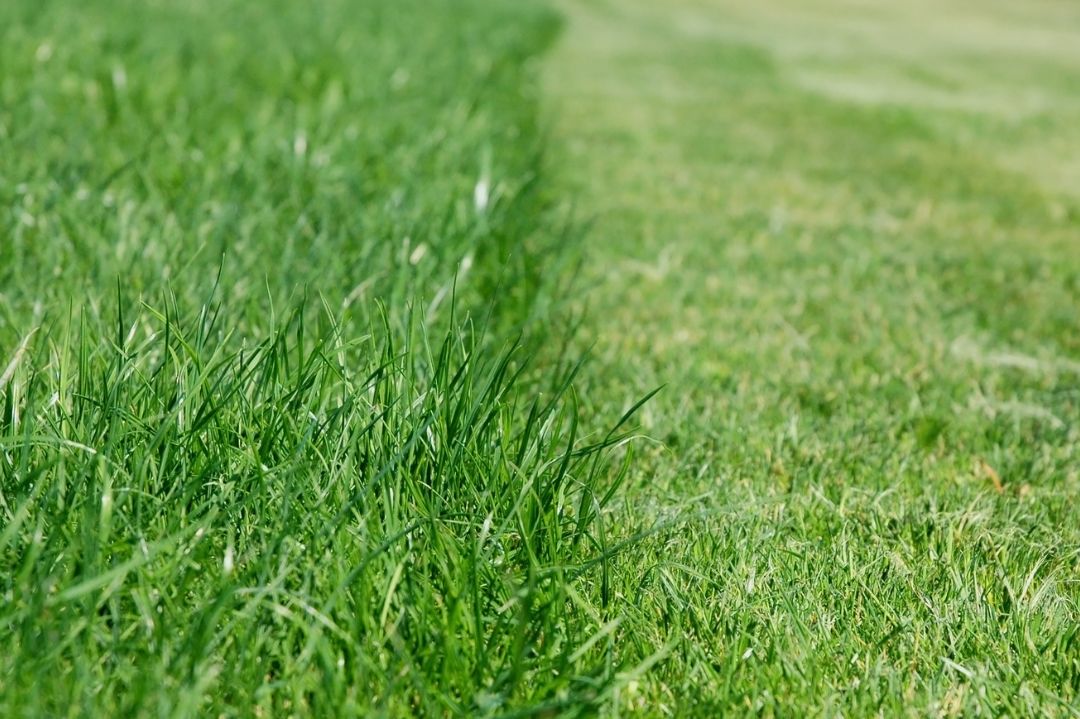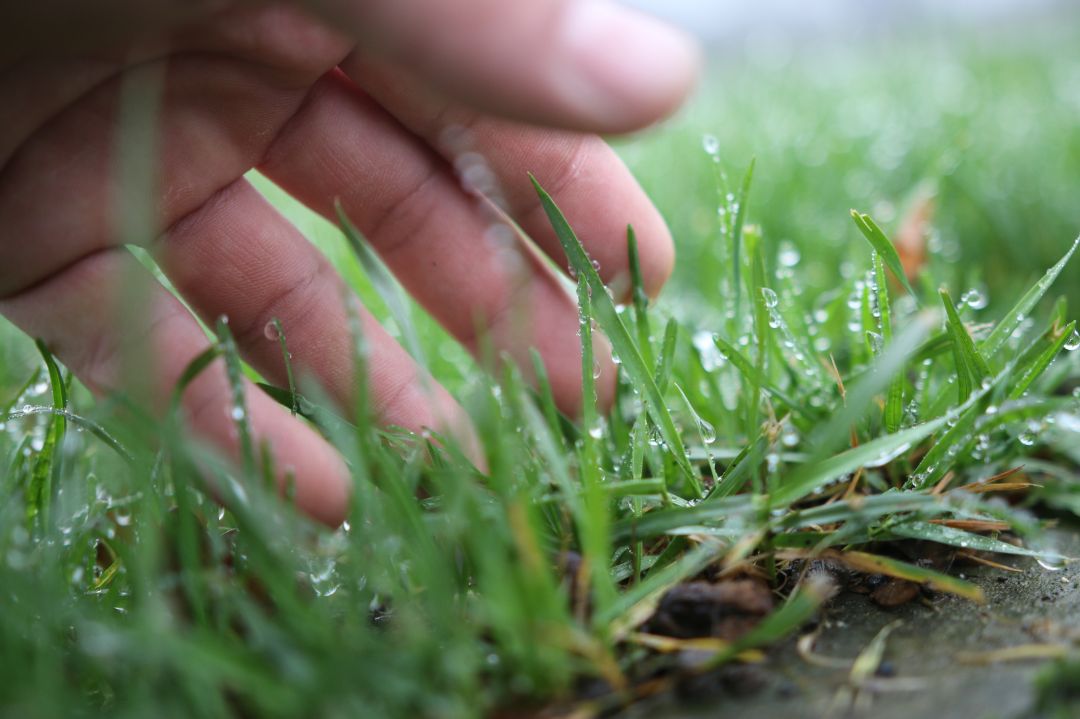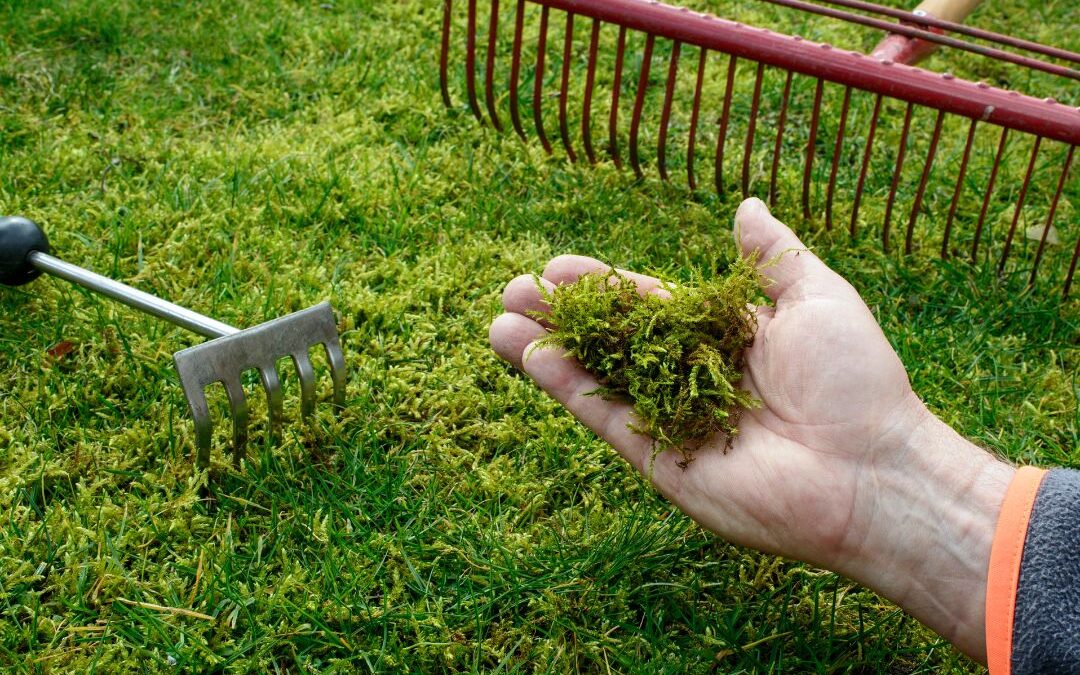Choosing the right grass is one of the most important decisions you can make when it comes to creating a healthy, beautiful lawn—especially in a state like Ohio, where weather patterns can be unpredictable. The right grass seed will ensure durability, color, and long-term performance across spring rains, summer heat, and chilly fall nights.
At Unique Landscaping, we specialize in selecting and installing the best grass seed for Ohio homes and businesses. Whether you’re installing a new lawn or reseeding patches, understanding the types of grass that thrive here can save you time, money, and frustration. Below, we’ve broken down the Top 7 Best Grass Types that work well in our region’s soil and climate.
Top 7 Best Grass Types for Ohio Lawns
With Ohio’s fluctuating seasons, not all grass types are created equal. Here are the top-performing varieties that thrive in our region’s soil, climate, and conditions.
1. Kentucky Bluegrass
- Why it works: Known for its rich green color and dense, lush texture, Kentucky Bluegrass is a staple in Ohio lawns.
- Pros: Self-repairs, cold-tolerant, visually appealing.
- Cons: Requires more maintenance; prefers full sun.
- Best For: Homeowners wanting a traditional, vibrant lawn with a full, carpet-like appearance.
2. Perennial Ryegrass
- Why it works: Quick germination and fast establishment make ryegrass a great option for overseeding or high-traffic areas.
- Pros: Rapid growth, deep green color, ideal for patch repair.
- Cons: Doesn’t spread, less cold-resistant than bluegrass.
- Best For: Filling bare spots quickly or mixing with bluegrass for faster results.
3. Tall Fescue (Turf-Type)
- Why it works: Heat- and drought-tolerant, this hardy grass performs well in various soil types.
- Pros: Deep roots, coarse blades, tolerates partial shade.
- Cons: Coarser texture; not as soft underfoot.
- Best For: Busy households or those looking for a lower-maintenance lawn.
4. Fine Fescue
- Why it works: Excellent in shaded or partially shaded lawns, with soft blades and a low-growth habit.
- Pros: Low-maintenance, drought-tolerant, grows in poor soil.
- Cons: Not great under heavy foot traffic.
- Best For: Shady lawns, tree-covered yards, or low-traffic areas.
5. Bentgrass
- Why it works: With extremely fine blades and dense coverage, this grass is often used on golf courses.
- Pros: High-end appearance.
- Cons: Requires very frequent mowing and watering.
- Best For: Lawn enthusiasts or ornamental lawns with high maintenance tolerance.
6. Zoysiagrass
- Why it works: A warm-season option that’s drought-resistant and tolerates heavy foot traffic.
- Pros: Dense growth, low mowing frequency.
- Cons: Slow to establish; turns brown during cold seasons.
- Best For: Full-sun lawns in southern Ohio or microclimates in northern areas.
7. Buffalograss
- Why it works: Native, warm-season, low-maintenance grass for eco-conscious homeowners.
- Pros: Drought-resistant, requires very little care.
- Cons: Less green and soft than other options; limited cold tolerance.
- Best For: Low-traffic lawns with minimal maintenance expectations.
Understanding Ohio’s Lawn Conditions

Ohio is classified into USDA hardiness zones 5 and 6. That means lawns experience a wide range of conditions throughout the year—snow in winter, hot dry spells in summer, and plenty of rainfall in spring and fall.
This variety in weather means cool-season grasses are your best bet. They perform well in spring and fall and go dormant (but survive) during summer and winter extremes. Choosing the right grass type—based on your location, soil type, and sun exposure—is key to maintaining a lawn you’ll be proud of.
Best Time to Plant Grass Seed in Ohio
Timing is everything when it comes to successful lawn seeding. Planting at the right time ensures strong root development and long-term lawn health.
When to Plant Grass Seed in Ohio?
The best time to plant grass seed in Ohio is during the early fall, ideally between late August and mid-October. During this window, soil temperatures are still warm, but air temperatures are cooling down—creating perfect conditions for germination and root growth before winter.
You can also plant in early spring (late March to early May), but spring seeding can face more challenges like weeds and dry spells.
Why Fall is Ideal:
- Warm soil + cool air = ideal germination
- Less weed competition
- Stronger roots for spring green-up
Types of Grass in Ohio: What Grows Best?
As seen in the top 7 list above, Ohio homeowners generally do best with cool-season grasses like:
- Kentucky Bluegrass
- Perennial Ryegrass
- Tall Fescue
- Fine Fescue
Warm-season options like Zoysiagrass and Buffalograss can work in certain microclimates or with specific maintenance expectations but are less common in northern parts of the state.
Kentucky Bluegrass vs Fescue vs Ryegrass: How Do You Choose?

These are the most common cool-season grasses used in Ohio lawns—but each has distinct strengths and weaknesses. Here’s how to compare them and choose what’s best for your yard.
Kentucky Bluegrass
- Strengths: Beautiful color, dense coverage, self-repairing rhizomes.
- Drawbacks: Higher maintenance needs.
- Best for: Full-sun lawns with consistent irrigation.
Tall Fescue (Turf-Type)
- Strengths: Deep roots, tolerates shade and drought.
- Drawbacks: Coarser texture.
- Best for: Lawns that see heavy use or need water efficiency.
Perennial Ryegrass
- Strengths: Fast germination, great for patch repair.
- Drawbacks: Shorter lifespan, doesn’t spread.
- Best for: Quick fixes, overseeding, high-traffic areas.
Pro Tip: For most Ohio lawns, a blend of these grasses works best. A common mix might include 80% Kentucky Bluegrass and 20% Ryegrass for fast establishment and long-term coverage.
Choosing the Best Grass Seed for Ohio Lawns
When shopping for grass seed, keep the following in mind:
- Look for “Cool-Season” or “Northern Mix” labels
- Avoid contractor blends with low-quality filler seed
- Check the NTEP rating (National Turf Evaluation Program)
- Aim for high purity and germination rates (90%+)
- Match the seed to your sunlight levels and traffic needs
If your lawn is mostly shaded, avoid ryegrass-heavy mixes. If you have compacted clay soil, tall fescue may be your best option.
DIY vs Professional Lawn Installation in Ohio
Installing or reseeding your lawn can be a big project. Whether you go the DIY route or call in the pros depends on your goals, experience, and the size of your lawn.
DIY Lawn Seeding:
- Best for small patches or experienced homeowners
- Cost-effective but labor-intensive
- Requires proper prep, watering, and timing
Professional Installation by Unique Landscaping:
- Custom lawn assessments based on your property’s sun, soil, and layout
- Soil prep, aeration, and seed installation included
- Option to choose between sod lawns or premium seed blends
- Ongoing lawn maintenance services to keep it looking its best
Get the Right Grass for Your Ohio Lawn
Choosing the right grass seed is the first step toward a lawn that’s both beautiful and built to last. With so many types of grass in Ohio to choose from, it helps to have expert guidance. Whether you’re comparing Kentucky Bluegrass vs Fescue vs Ryegrass or trying to determine the best time to plant grass seed in Ohio, Unique Landscaping is here to help. We don’t just install grass—we install lawns that thrive.
Ready to upgrade your lawn? Contact Unique Landscaping today for a free consultation and let us recommend the best grass seed for your Ohio property.

